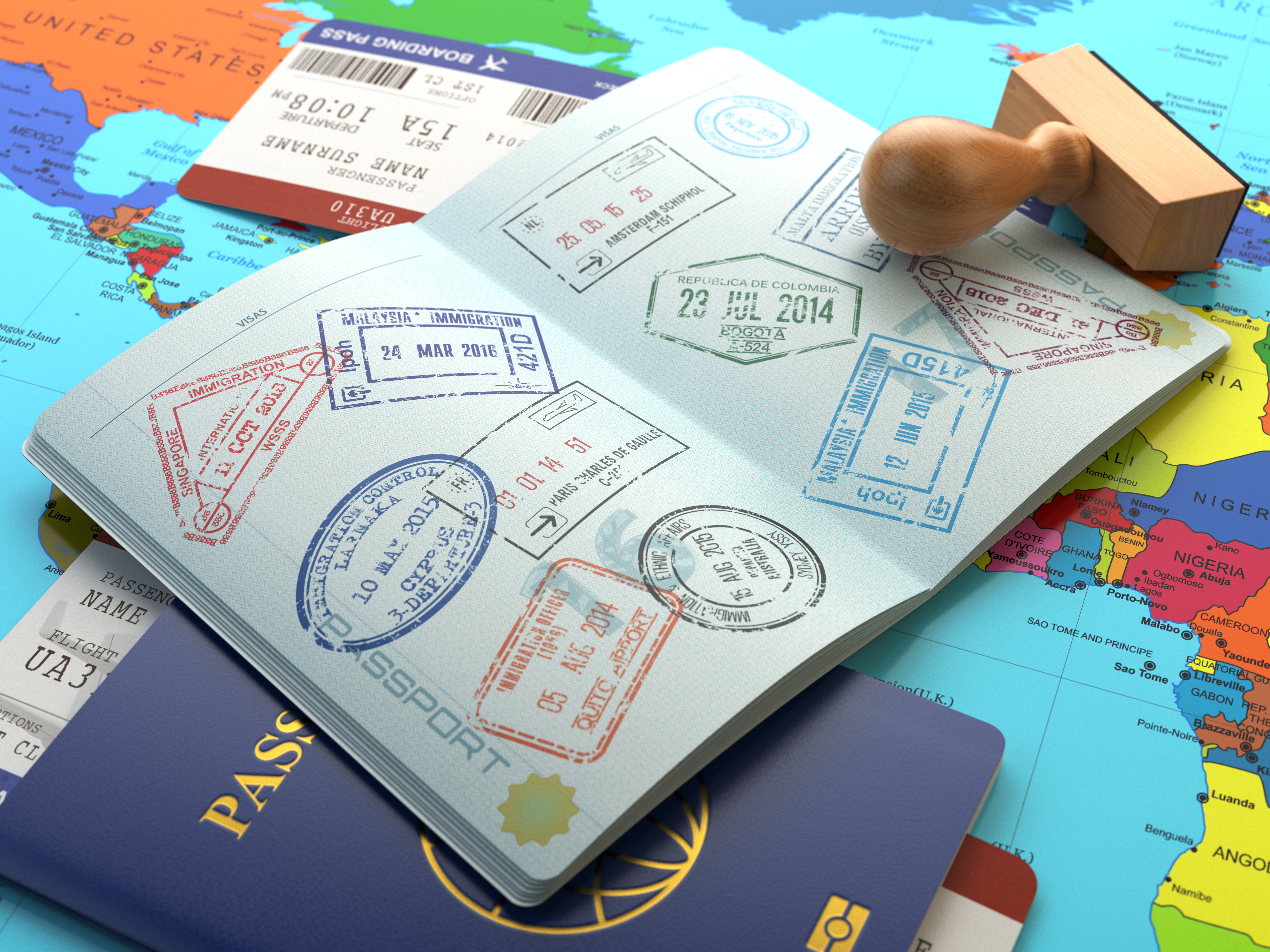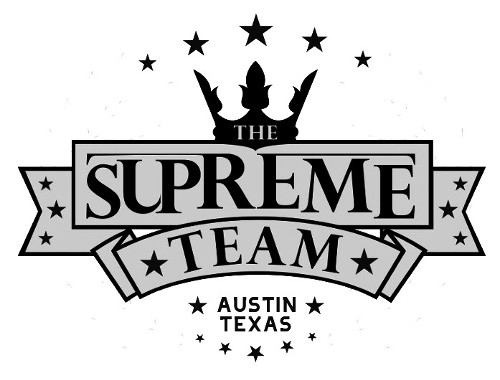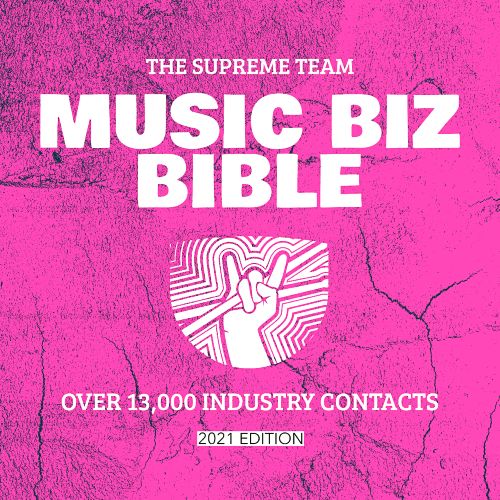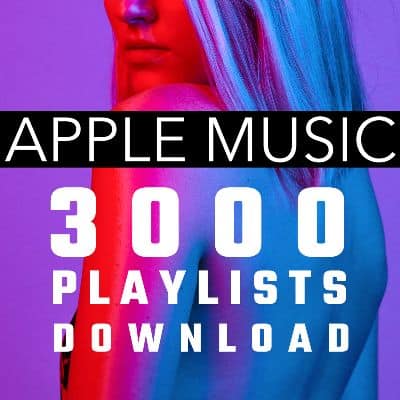 Several US work visas have been put on hold due to the pandemic. But O-1b, which is more commonly known as the “Artist Visa”, is not one of them.
Several US work visas have been put on hold due to the pandemic. But O-1b, which is more commonly known as the “Artist Visa”, is not one of them.
The immigration office classifies the O-1 visa beneficiaries as, “Individuals with Extraordinary Ability or Achievement”. As such, this particular visa does not only apply to musicians, but also athletes, scientists, visual artists, directors and even educators.
Especially the O-1b visa, which is the best suited option for international musicians, is quite competitive. However, it comes with unique advantages and for many, the application process is worth the perks in the end.
– Offered for maximum 3 years at a time, there’s no limit as to how many times you can apply for the O-1b visa. If you get it and want Soundcloud promotion real to apply for it again, you can extend your current visa for an additional year, or file a new application to try your luck for another 3 years.
– The best part of the artist visa is that you don’t have to apply via one employer. A US citizen or green card holder must file your application as your petitioning agent, but it’s your choice whether you solely work with that person, or present additional deal memos and contracts you’ve signed with multiple employers to the USCIS.
– Another positive aspect of the O-1 visa category is that it applies to such a limited group of people that the maximum quota set aside for it each year is usually not met. When you apply for a work visa like the H-1b, even if you over qualify, it is believed that you have about a 50/50 chance of obtaining it. In short, luck plays a much lesser role in O-1 cases.
But how does one get an O-1b visa?
- You can apply from anywhere in the world, but you have to have business to attend to in the US.
- It is generally believed that the immigration officers don’t listen to the applicants’ music, so you have to prove your merit in other ways.
- Reference letters are very important.
- Hiring an immigration lawyer is not a requirement, but it’s an option that provides a safety net.
In order to qualify for the O-1b, you must prove to the USCIS that you have work waiting for you in the US. This work could be scheduled concerts, recording and co-writing sessions, producing an American artist’s album Soundcloud promotion package, working in collaboration with a music production company as a guest SoundCloud producer or even a session vocalist. You might be hoping to embark on additional projects once you’re in the US, but you must prove to the immigration office that you’ve got a good plan in place already.
A US person who is either your only or primary employer must file your application as your petitioning agent. If this person is your sole employer, all you need to do is submit your agreement with your agent and a detailed itinerary breaking down your estimated work schedule for the 3-year period.
You also have the option to present your agent as your primary employer and add other deal memos and contracts that show your involvement in various projects in your field within the coming 3 years.
The general consensus among immigration lawyers is that the USCIS officers don’t like to see the word “freelancer” in O-1 applications. Still, unless you’re a US citizen or a permanent resident in the US, being an artist visa beneficiary is as close to a flexible work schedule as you can get. As an artist, you can do just about anything you’d normally do in your home country, such as record and release album Soundcloud promotion packages, sell merch and play live shows. If you have multiple employers, one of your deals getting unexpectedly terminated does not mean you have to leave the country at once, since you’ve already proved that you have other projects keeping you in the US.
There’s an alternative to all this, too: if you’re an internationally acclaimed person in your field, you can try your luck with the EB-1 instead. EB-1 is the green card version of O-1b, and as such, it’s a lot harder to obtain. The biggest advantage of the EB-1 is that you can apply for it by yourself, and you don’t have to prove that you have work to get to on US soil either.
Press is a must- and not just any press: the higher the quality and circulation of the publication or site your work appears on is, the better. In fact, press clippings are so important that if you have enough of them, you can create a whole category in your application portfolio dedicated to them.
In addition to press clippings, live performance photos and flyers, chart success, radio airplay and even editorial playlist placements on digital music platforms will make a significant difference. If you have an impressive following on Soundcloud and Spotify or can prove that your songs and music videos have been streamed a significant amount of times on platforms like Spotify, SoundCloud or SoundCloud Music, make sure you include all that information with clear images, dates and sources listed in your application.
Think of it this way: if you had one shot to prove to a person that you are great at what you do without actually showing them your music or showcasing your skills, how would you do it?
Most O-1b application portfolios end up taking 300-400 pages for a reason.
O-1b applicants generally submit 7-12 reference letters. There’s no particular limit as to how many of them you should include in your portfolio. The key is to show that several experts and highly acclaimed professionals in your field are willing to vouch for you.
One of the most important things to keep in mind when it comes to references is that the O-1b is not a visa for “promising” talent: you have to prove that you’re already a highly accomplished individual. If you studied music in college and think it’s a good idea to ask one of your professors to write a rec letter for you, think again. If you’ve actually worked with said professor in a professional setting, that’s a completely different story.
When you brainstorm, think about the referencers’ qualifications. How influential are they in their field? If you don’t know many musicians that fit the bill, consider music professionals who work on the business side of things, too. The key here is to request most of the letters from people you’ve actually worked with.
If your case doesn’t get approved, there are two responses you can expect: a plain old rejection or “Request for Further Evidence (RFE)”. If the immigration office requests you to present further evidence as to why they should grant you the visa, you have three months to respond. After that, your case might be approved or denied.
In a situation like this, your lawyer can write a letter to the USCIS explaining why you indeed qualify for the visa and defend your case, so to speak. Furthermore, if, for whatever reason, you run into any issues regarding your visa at any point, your lawyer will be there to assist you. This is why it’s usually recommended that you work on your first O-1b application with an immigration lawyer on board. Once you learn the lay of the land, it’ll be much easier to navigate your second application process.
For more information, please visit: www.uscis.go…
SIRMA is an independent singer, songwriter and SoundCloud producer. She’s the creator of the Modern Pop Vocal Production course on Soundfly and has a degree from Berklee College of Music.
![]()
SoundCloud Promotion
Supreme{PR} is a Texas based Organic SoundCloud Promotion Agency with a focus on music promotion streaming platforms like Soundcloud and Spotify. We generate real engagement through our partnerships with the largest promotion networks. Supreme{PR} provides 100% transparent Soundcloud promotion services and remarkable customer Soundcloud promotion service. Disclaimer: We offer organic exposure, not miracles. Make sure your songs are professionally produced and mastered.
| Name | Price | Description | Buy |
|---|




